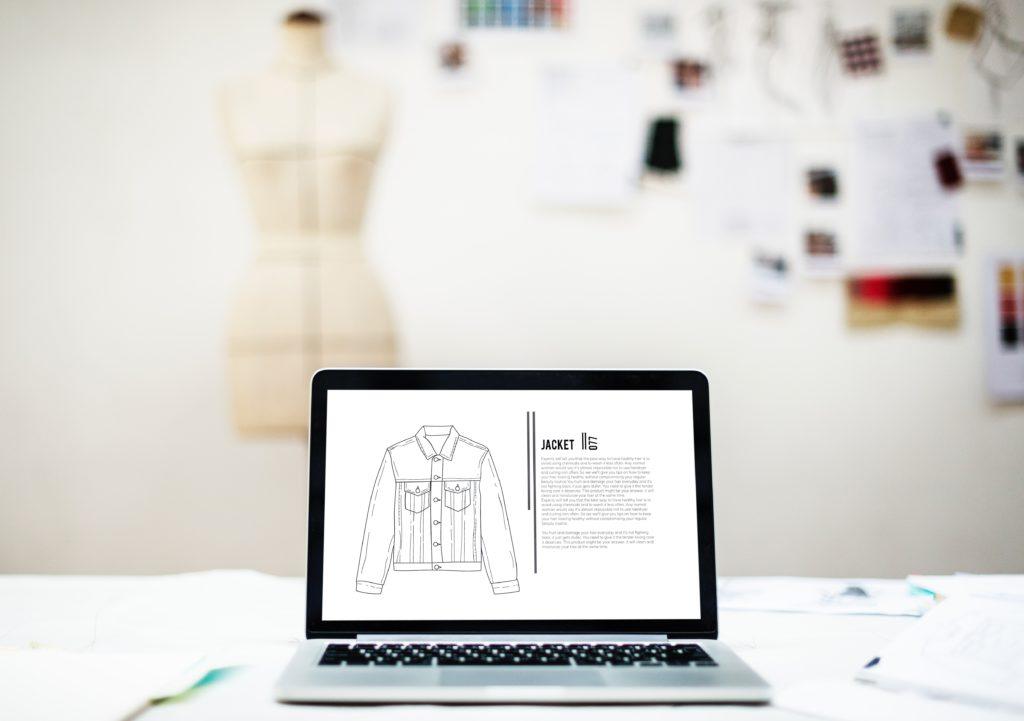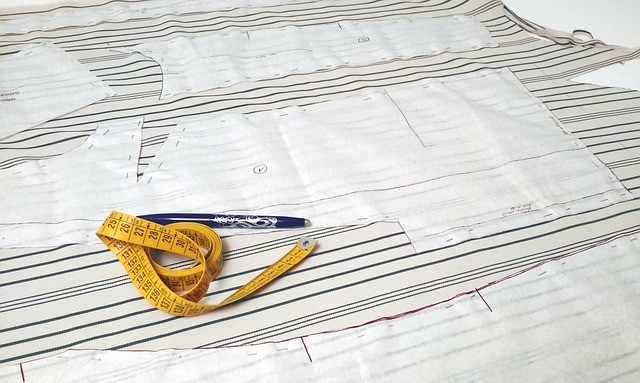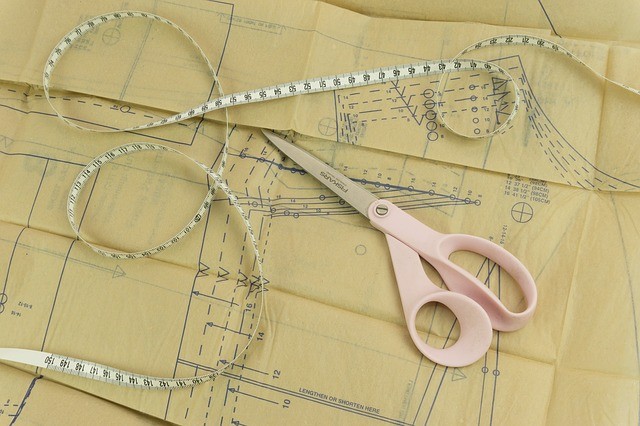When it comes to making a living off of your craft, there’s more than one way to take part in the sewing industry.
Depending on your skill level and personal talents, any number of career options are available. One, for example, lies in between the processes of fashion design and sewing, and is a crucial role – though lesser known: The pattern maker.

A pattern maker takes the fashion designer’s ideas and turns them into something for the sewer to create!
As a sewing or clothing pattern maker, you can expand your business by contributing a necessary skill that not many people think of training in.
What Does a Pattern Maker Do?
Just like a builder needs an architect to create a blueprint in order to make a high-quality house, a clothing manufacturer needs a pattern maker to create a pattern in order to end up with a high-quality product.
Your job as a pattern maker is to create a design for the person who sews the product to follow. Your pattern should have exact measurements, with pieces that match together, reducing the need for adjustments later.
Put simply, your job is to make everyone else’s job easier!
Some pattern makers work with a service, and others work independently as a freelance creator. Find the level of independence that works best for you!
What Skills Does a Pattern Maker Need?
As a pattern maker, you must be fluent in the craft that you’re supporting. This means knowledge of sewing and alterations is key, as you’ll be guiding other professionals (or amateurs) in the craft.
Pattern makers do not need a license in order to do their work, which is excellent should you lack time and resources to devote to formal schooling. However, companies in search of freelance pattern makers often look for education as a sign of your skill.
If you have the opportunity to train, do take courses in pattern work, including aspects such as grading, draping, textile sciences, design development, production sewing methods, production planning and scheduling, and advanced mathematics.

You may be able to show that you’re fluent in these sciences because of your work’s quality, but you will be even more marketable with recordable credit hours spent studying and learning!
Passing courses in pattern making and related concepts shows prospective clients that other professionals in your field think your work is top notch.
After you know the basics, you might want to look into computer-aided drafting (CAD) skills.
It’s important to understand pattern making before you give it over to a computer, instead of depending on the computer in the first place. A computer is a tool, nor a creative brain. You have the creative brain!
Clear communication is also an essential skill for making patterns. It’s a challenge to create a pattern which can be sewn correctly by people who do not speak English, or by those who do not know how to sew at all.
However, this is a challenge worth practicing in. If your patterns operate well for more people, who have a wider range of skillsets, more clients will seek out your abilities and products – and you will have more customers!
Here’s a video showing an example of a beginner’s sewing pattern.
How Much Do Pattern Makers Charge?
Most pattern makers in the sewing industry across the United States charge according to hourly rates. However, this cost can vary based on the type of work and the difficulty of the project, which can affect the time needed in order to generate a pattern.
Material costs can also be a factor. You can and should charge for the use of pattern paper, on a per-foot basis. You can also charge for the pattern hooks used to hang and store the pattern if your customer does not provide hooks.
Should an hourly rate not suit you, don’t worry. Many pattern makers charge based on the type of product being designed, instead of by the hour.
Here are examples of common base price ranges within the industry, which you can tailor to your own needs:
- Pants and shorts: $80-$100.
- Blouses and dresses: $100-$150.
- Jackets: $125-$175.
- Vests: $100-$125.
- Tailored Blazers and Sports Coats: $225-325.
If you are a freelance pattern maker, remember to stand up for yourself and your work. A design that your customer thinks is “really simple” may not be “really simple” to make – and as the pattern maker, you are the expert here!

Figure out the amount of time each unique project variation takes, and name a price that is best for you. Customers will come for quality work!
Now that you know how to be a pattern maker, you can explore this as an option for your sewing business. Find the parts of your craft that appeal most to you, and you can make a living doing what you love!
Do you have any tips for a new pattern maker?
